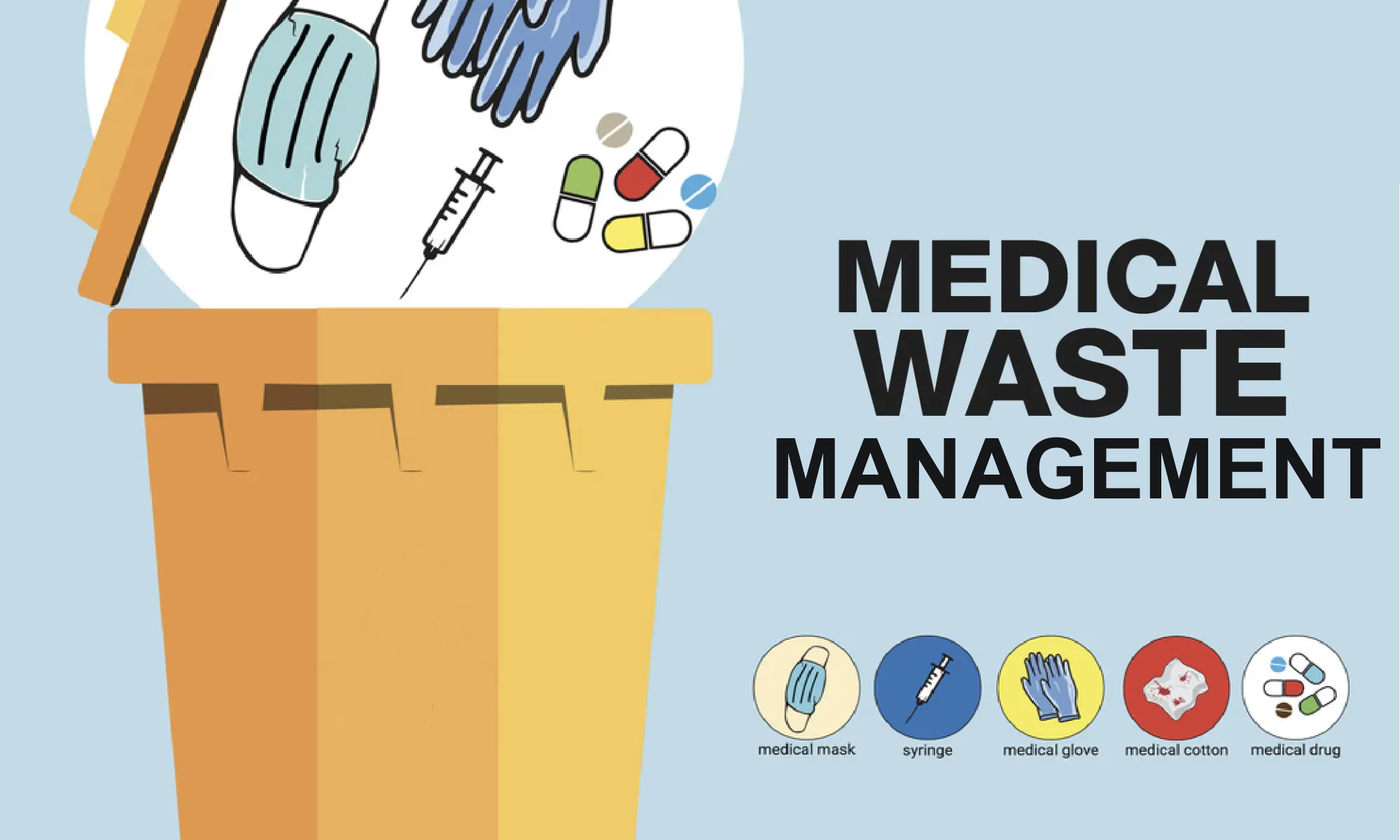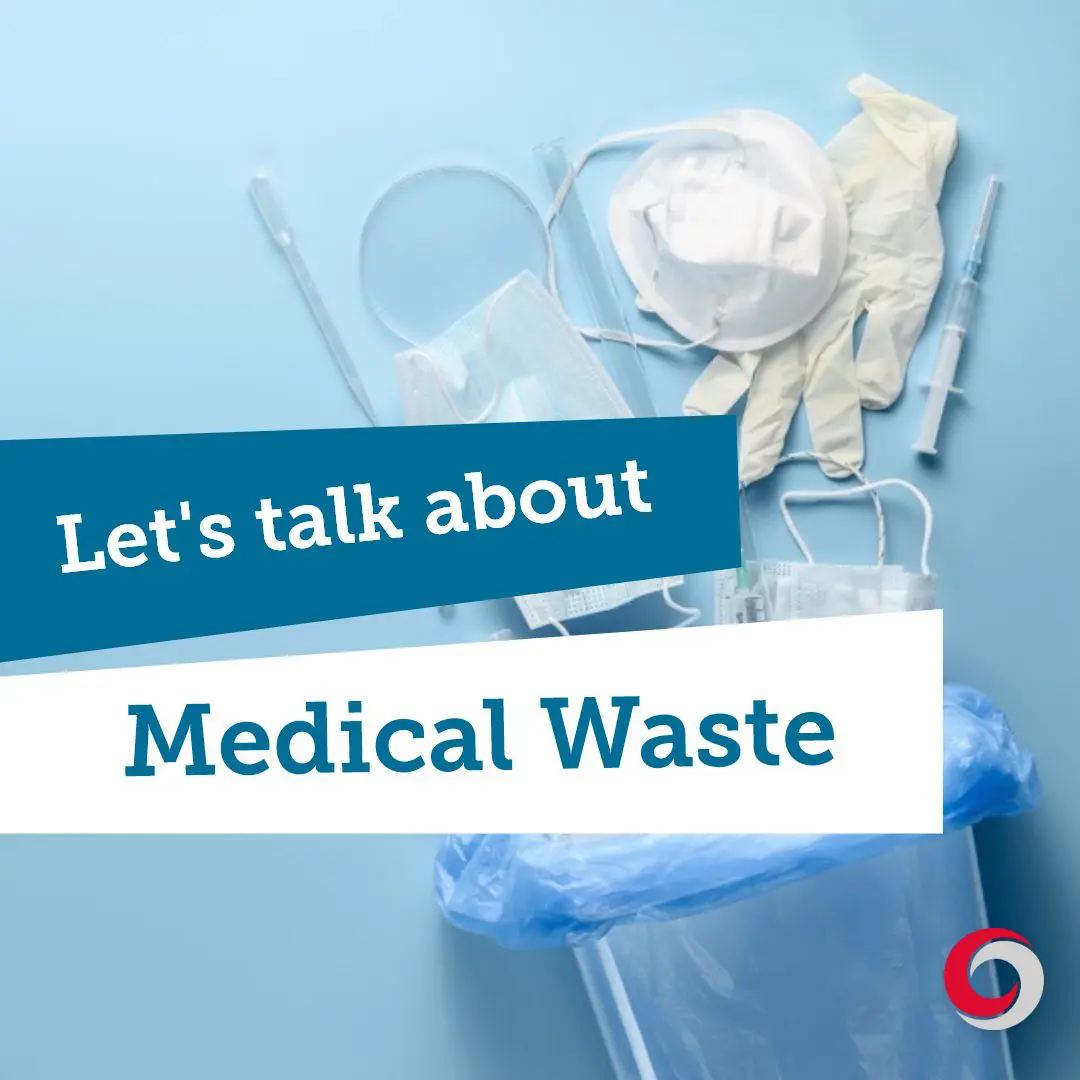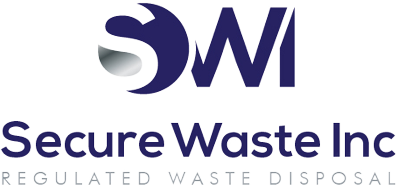Developing Improved Outcomes With Medical Waste Management
Secure Waste explains that fifty years after medical waste emerged as a significant global issue, substantial progress remains elusive in addressing the critical challenges surrounding reduction, treatment, and final disposal processes.
As we advance, it is imperative to establish a more collaborative framework among key stakeholders, including medical waste generators, transporters, and processing facilities.
This cooperation is essential to effectively tackling the pressing global challenges in the healthcare sector, such as contamination risks, environmental impact, and regulatory compliance.
Healthcare organizations can significantly improve medical waste management outcomes by establishing cross-functional working groups or committees focusing on waste management issues. These groups could concentrate on several key areas:
- Policy Development: Crafting and revising organizational policies that align with local, state, and federal regulations regarding medical waste disposal. This includes ensuring compliance with the Environmental Protection Agency (EPA) guidelines and Occupational Safety and Health Administration (OSHA) standards
- Training and Education: Implementing comprehensive training programs for staff at all levels to ensure everyone understands the importance of proper waste segregation, handling, and disposal practices. Regular workshops can help reinforce best practices and stay updated on new regulations.
- Waste Segregation Strategy: Developing and promoting clear protocols for segregating different types of waste, such as infectious, hazardous, and non-hazardous materials. This includes providing easily accessible disposal containers and precise labeling to minimize cross-contamination.
- Monitoring and Reporting: Establishing metrics and key performance indicators (KPIs) to monitor waste management processes. Regular audits and reporting mechanisms can help assess the effectiveness of current practices and identify improvement areas.
- Stakeholder Engagement: Collaborating with various stakeholders, including clinicians, administrative staff, and waste disposal vendors, to foster a culture of accountability and shared responsibility for waste management. Regular meetings can facilitate open dialogue about challenges and solutions.
- Sustainability Initiatives: Exploring innovative approaches to reduce waste generation, such as implementing recycling programs for non-hazardous materials and investing in eco-friendly alternatives for medical supplies. Engaging in sustainability initiatives can enhance waste management and improve the organization’s environmental footprint.

Local medical waste management plays a crucial role in minimizing the environmental impact of healthcare practices It involves systematic processes to reduce waste generation educate healthcare staff on proper disposal methods and implement strategies to safeguard the environment This includes training employees to identify and segregate different types of medical waste such as sharps pathological waste and non hazardous materials ensuring that unwanted materials are disposed of correctly and comply with regulations Additionally promoting environmentally friendly alternatives and technologies can further reduce waste volumes By fostering a culture of sustainability within medical facilities we protect public health and contribute to preserving our ecosystems OSHA Rules And Regulations That Pertain To Regulated Medical Waste: Get The Answers Here
Concentrating on these aspects can help Physicians and healthcare organizations develop a thorough approach to efficient medical waste management, ultimately safeguarding public health and the environment.
- Compliance Enhancement: Guaranteeing alignment with all applicable regulations and requirements.
- Waste Minimization: Reducing waste generation through lifecycle assessment.
- Waste Separation: Improving the categorization of waste types for compliant and sustainable disposal.
- Supplier Partnership: Collaborating with suppliers to enhance compliance, sustainability, and efficiency.
A thorough comprehension of the waste lifecycle is essential for creating a compliant and sustainable program. This lifecycle includes:
Resource Extraction: Considering the source materials utilized to develop products and packaging is essential. This includes evaluating the sustainability of raw materials, the environmental impact of mining or harvesting, and the ethical practices involved in sourcing. Understanding these aspects can help select sustainable materials that support a circular economy.
Manufacturing: This phase encompasses the design, development, and actual production processes of products. It is crucial to evaluate the technologies used in manufacturing, the energy consumption involved, and the waste generated during production. Incorporating eco-friendly design principles, such as modularity and recyclability, can significantly reduce the environmental footprint during this stage.
Distribution: Distribution involves the logistics of delivering products to healthcare facilities, including transportation methods, packaging types, and storage conditions. Assessing the carbon footprint of transportation choices and optimally utilizing distribution networks to minimize waste and reduce inefficiencies is paramount for sustainable practices.
Usage: In this context, the focus is on how materials or products are used and applied within healthcare settings. It involves assessing products’ effectiveness and impact on patient care and ensuring they are used efficiently to minimize waste. Training staff on best practices for product usage can enhance overall resource efficiency.
Disposal: The final stage of the product lifecycle entails collecting, transporting, and processing discarded products. This includes considering various disposal methods, such as incineration, landfilling, recycling, or repurposing. Developing clear waste segregation and disposal protocols can significantly enhance the effectiveness of sustainability efforts and promote responsible waste management.
Engaging appropriate stakeholders across each phase of the lifecycle is vital to understanding the impacts of waste management and informs strategic decisions regarding materials use and management.
Collaborative efforts can refine program design, clarify the necessary resources, and establish effective communication strategies. This holistic approach facilitates developing and maintaining an effective waste management program and fosters a culture of sustainability within the organization.

Collaboration Plays a Role in Proper Medical Waste Management
Effective communication is crucial in aligning stakeholders and resources to execute initiatives successfully. This process involves establishing a clear purpose, defining expectations, roles, and responsibilities, and educating individuals about the impact and benefits at both personal and organizational levels.
Insufficient communication among the relevant stakeholders can undermine the effectiveness of resources and hinder project development, implementation, and ongoing management.
Organizations must carefully consider their communication strategies, audiences, message urgency, and topic. Appropriately engaging stakeholders can enhance communication efficacy for each specific audience.
Navigating healthcare waste management involves numerous factors, but engaging the right stakeholders can lead to a more accurate evaluation of material lifecycles and a clearer understanding of the necessary resources. This, in turn, fosters more transparent and effective communication.
Secure Waste is available to answer questions and provide valuable information and guidance to address healthcare waste challenges. For more insights and specific examples, please watch our informative webinar.
In conclusion-
Now that you have a more comprehensive understanding of the medical waste cycle, don’t hesitate to contact Secure Waste.
We provide reliable, compliant, eco-friendly medical waste disposal solutions for your facility’s needs. We have expertise in biomedical, hazardous waste, and Sharps container disposal. In addition, we provide customized waste management plans, including secure collection and transport, and sustainable disposal practices.
Contact us today for a FREE Waste Assessment, or request a quote online!

Expert Medical Waste Management: With over 25 years of industry experience, Secure Waste is a trusted local leader in hazardous and biohazardous waste disposal across Maryland, Virginia, and Washington, D.C. Specializing in medical waste management, sharps needle disposal, and biohazard waste removal, the company ensures full compliance with federal, state, and local regulations while prioritizing environmental sustainability.
The company also offers additional services, including secure document shredding and sharps container sales, providing comprehensive solutions for healthcare facilities and businesses. Our cost-effective services help clients maintain regulatory compliance without unexpected costs.
With a commitment to customer satisfaction, Secure Waste offers tailored waste management plans that align with industry best practices. Their team of experts provides reliable, timely, and compliant services, making them the preferred choice for medical waste disposal. For a free waste quote or more information, visit www.securewaste.net






